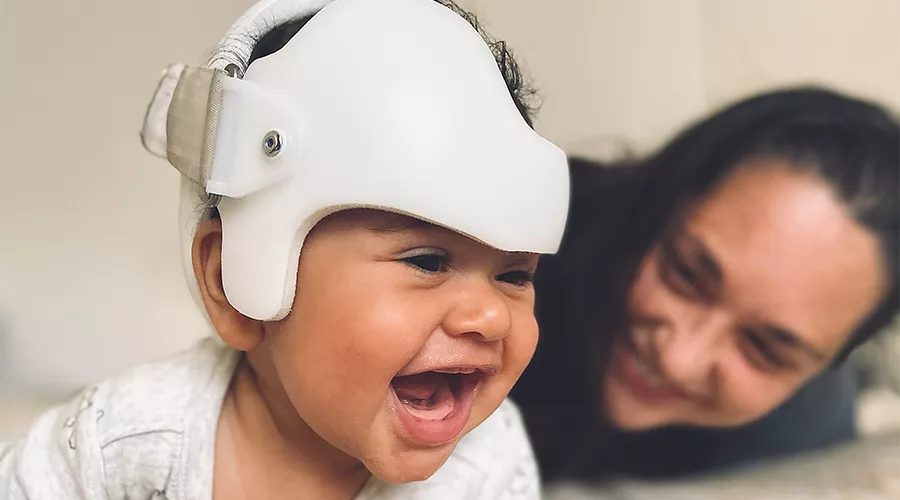
What is plagiocephaly?
Learn about plagiocephaly, the leading causes, and how you can treat your baby for flat spots.

How does helmet therapy work?
Learn about how the DOC Band® helps to naturally redirect your baby's head growth.

At-Home Assessment
A simple 5-step process for parents to check their baby for signs of plagiocephaly.


